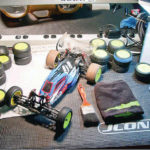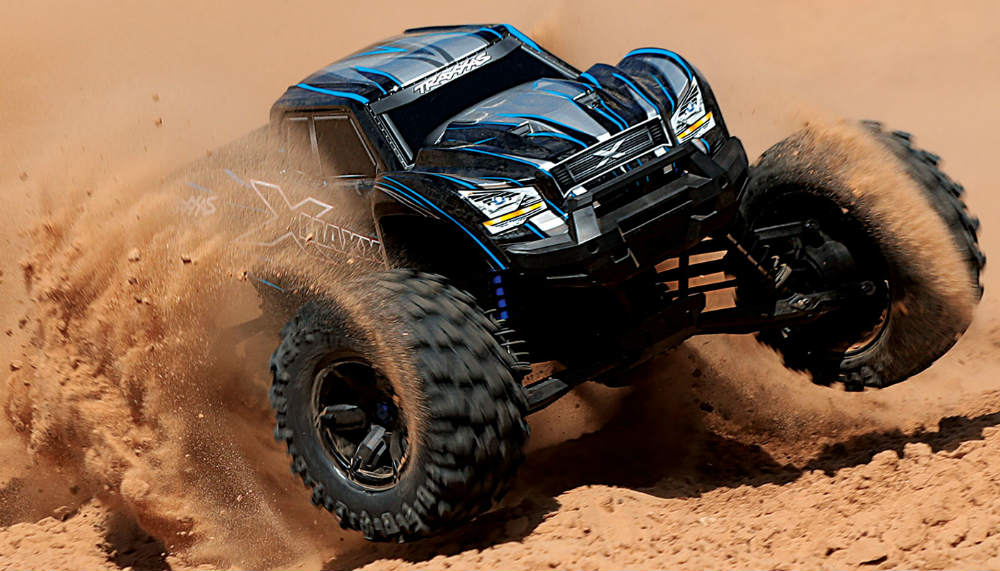
With Christmas being just around the corner, it’s time to buy that remote-controlled car your kid has been pestering you about for the past few months. But how do you make sure you get the best value for your money, while also ensuring it’s the least annoying one, that it’s low-maintenance and easy to upkeep? With so many different types of rc remote control cars available nowadays, picking the right model can take a fair amount of consideration.
The first thing you’ll need to decide is whether you want a petrol, nitro or electric powered RC vehicle. The most popular type of rc remote control cars are electric-powered models. While nitro and petrol provide a more authentic driving experience in terms of power and noise, electric models are far more convenient. This is especially important if you’re buying an RC vehicle for a child, as they won’t have to refuel their toy with dangerous fuel. Furthermore, electric models are now as powerful, if not more powerful, than nitro and petrol RC models. This is due to the implementation of brushless motors, which are extremely strong, more durable but also more expensive.
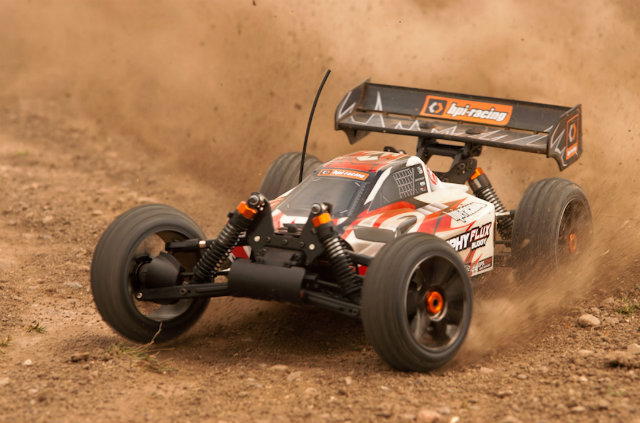
Before brushless motors, electric RC vehicles featured brushed motors, which are cheap and easy to come by. Most electric remote controlled cars equipped with a brushed motor are more affordable than their brushless counterpart. Brushed motors usually rely on the environment to keep them cool, which can introduce debris, dirt and sand into the motor, which drains it faster. Brushless motors, on the other hand, don’t wear out as quickly or easily, but they’re pricier to replace. Almost all RC vehicles that come with brushed motors can be upgraded to brushless motors later.
Next, you have to consider whether you want a 2WD or a 4WD RC vehicle. For a beginner, you should consider getting a 4WD, since they’re easier to drive, and they’ll go exactly where you need them to go, due to the fact that all 4 tyres are pulling the car, which results in a more predictable performance. 4WD vehicles also perform better on rough terrain, but they’re more expensive because of their added complexity and default inclusion of a brushless motor. On the other hand, 2WD vehicles are more difficult to control, but you learn more when using them. These RC vehicles are more affordable but keep in mind that you can’t upgrade a 2WD RC vehicle to a 4WD.
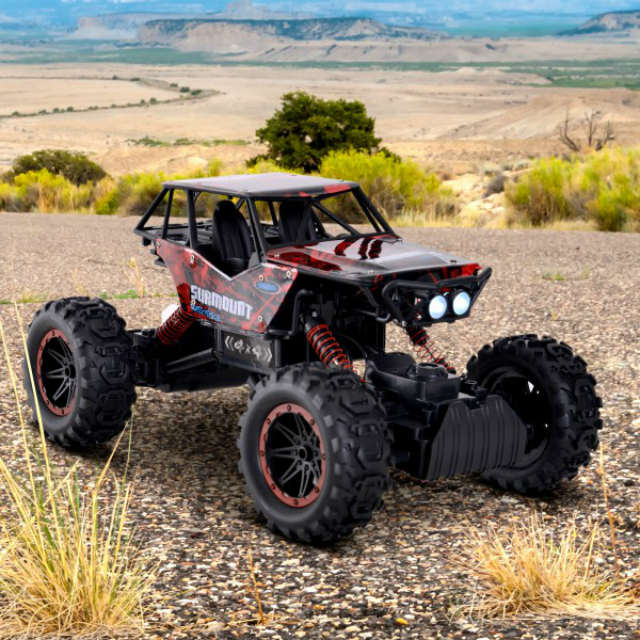
Then, you’ll have to consider the type of terrain you intend on driving the RC vehicle on. For instance, if you’re going to be driving on grass, you’ll want an RC vehicle that can deal with friction, such as a monster or stadium truck, a short course truck or a rock crawler. If you’re going to be driving on pavement, you can get any type of RC vehicle you like, since all of them work on pavement. However, some types of RC vehicles are more fun to drive on the pavement than others, such as race-cars.
Dirt and gravel are also easy-going, and the only type of RC vehicles that don’t work that well on these types of terrain are cars. However, there are some types of cars, such as rally cars, that work well on dirt. And lastly, sand dunes are the most problematic terrain to drive on, as sand is pretty bad for mechanical parts. Although you can use most types of RC vehicles on sand dunes, you’ll have to properly maintain and care for them after the trip, and you might want to consider getting different tyres that provide more clearance.
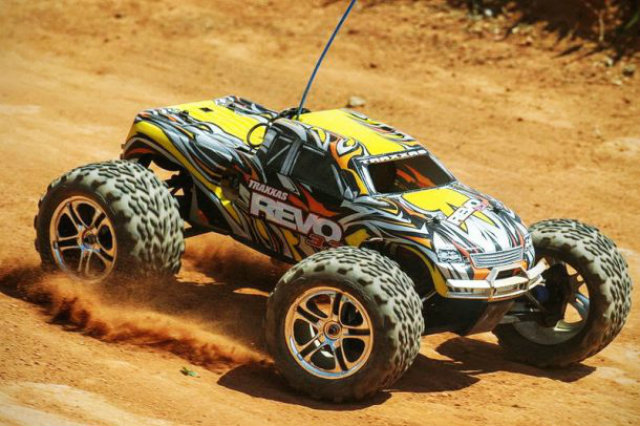
Lastly, there are two common uses for RC vehicles – bashing and racing. Bashing pretty much involves everything that isn’t racing. From hitting up the local skate park to running around the backyard. You don’t have to actually be trying to destroy your vehicle to say you’re bashing, it’s just a term coined up by racers to describe people that don’t race. Bashing can also include having your friends over for a race around the backyard. Basher RC vehicles are typically made for durability, and they aren’t too concerned about how heavy the vehicle is and how quickly it can accelerate. They’re more concerned about surviving 5-metre jumps and not breaking every time you hit an obstacle.
Racing, however, is a different ball game. Most racers are a part of some RC hobby club, and they don’t race for money, but instead a ribbon or trophy, or just bragging rights. What separates racing from bashing is the track upkeep, organisation, data tracking, and the seriousness of competitors. The competition can get quite fierce, and constant research, tuning and component upgrades are essential to staying on top of the game. Racing RC vehicles are lightweight and build with rigid materials. This is due to the fact that racing RC vehicles need to accelerate quickly, handle well, and be nimble on turns. As a result, manufacturers have to sacrifice durability for performance, so you may not survive some collisions with other vehicles or obstacles on the track,

